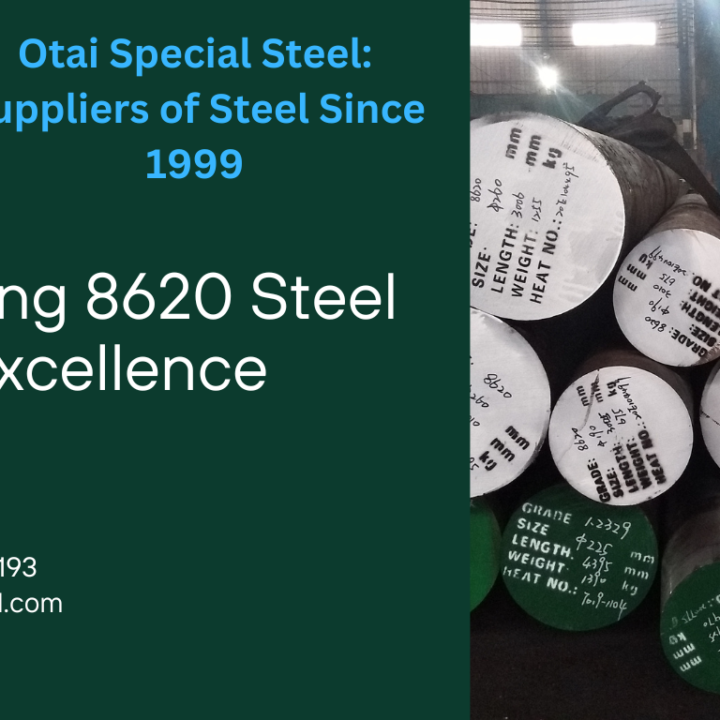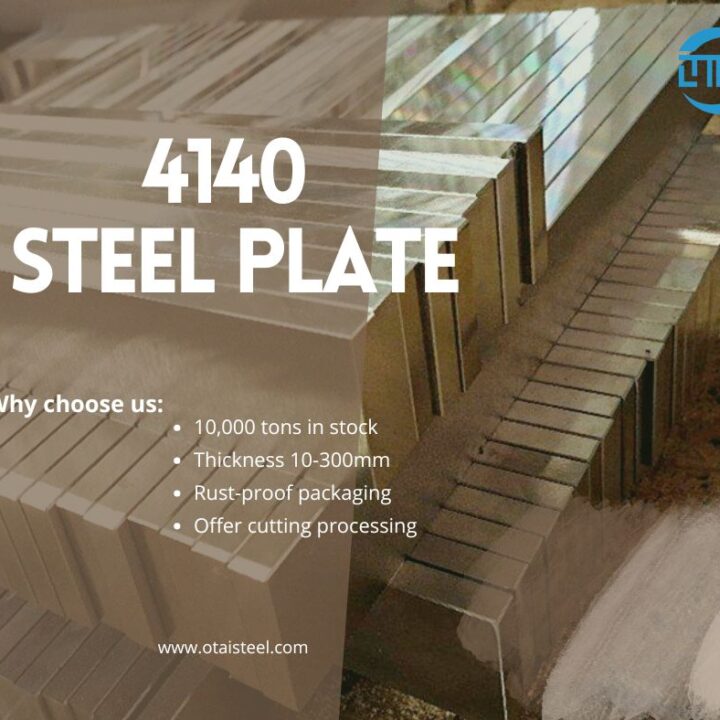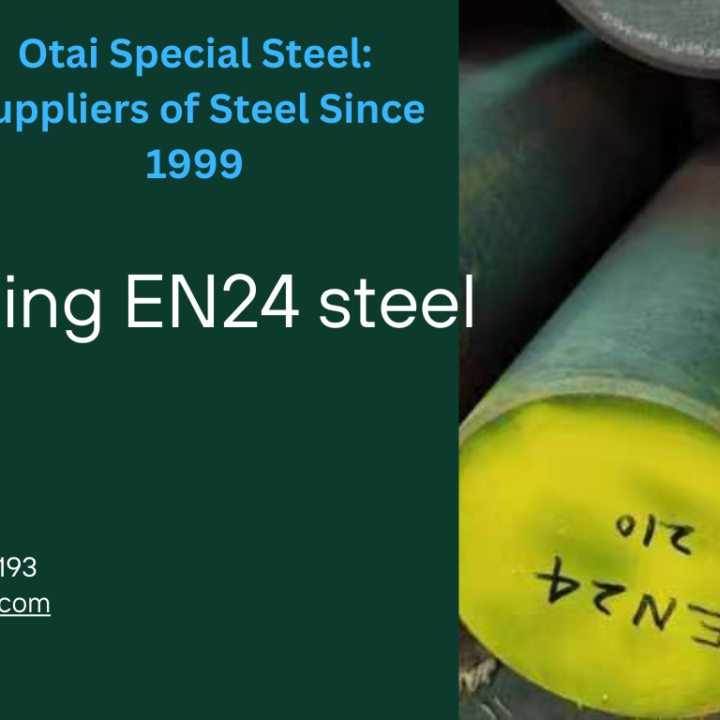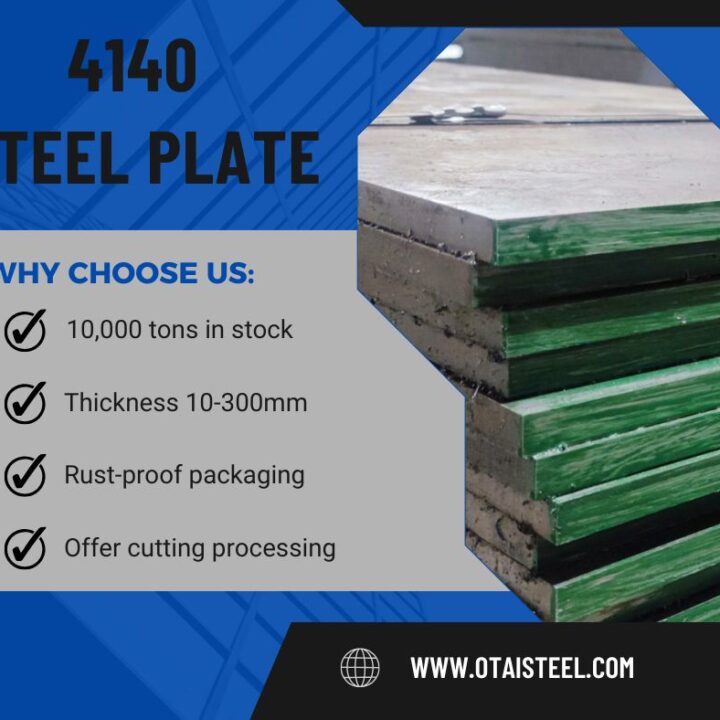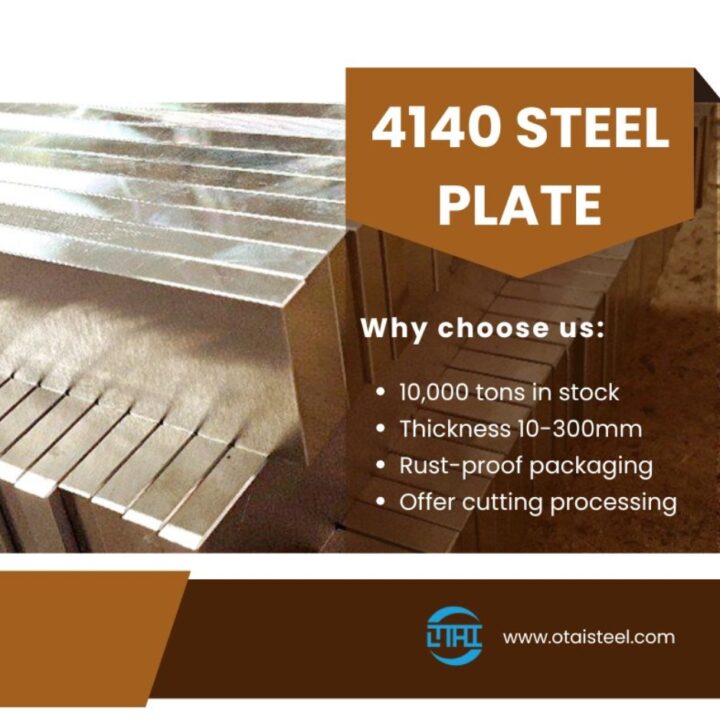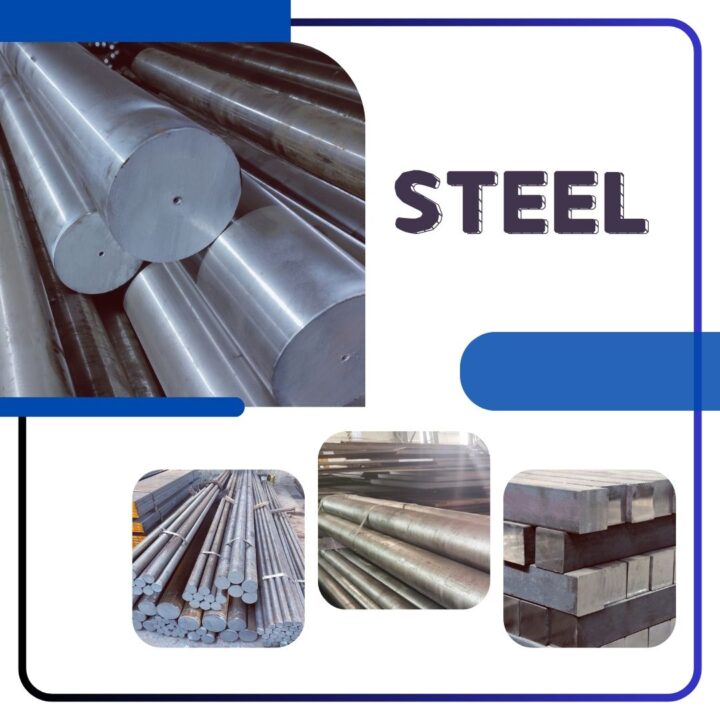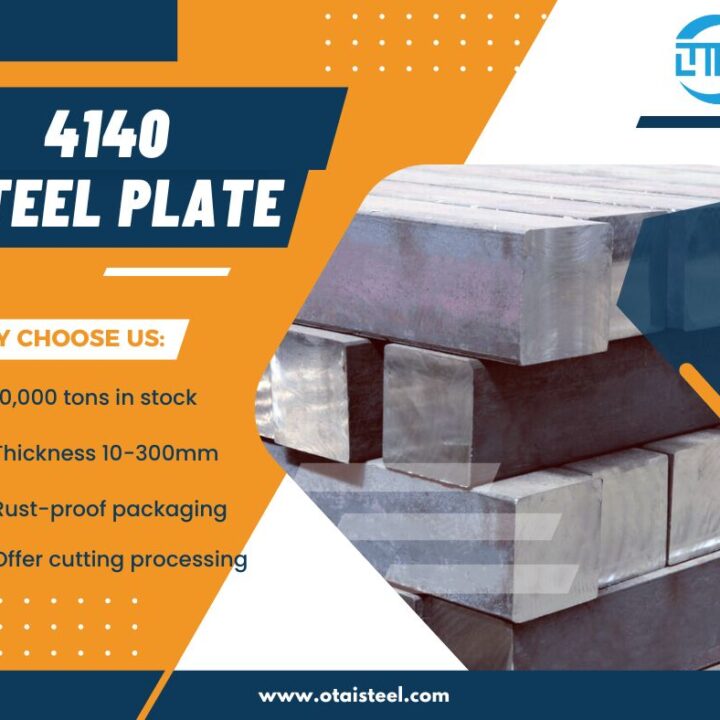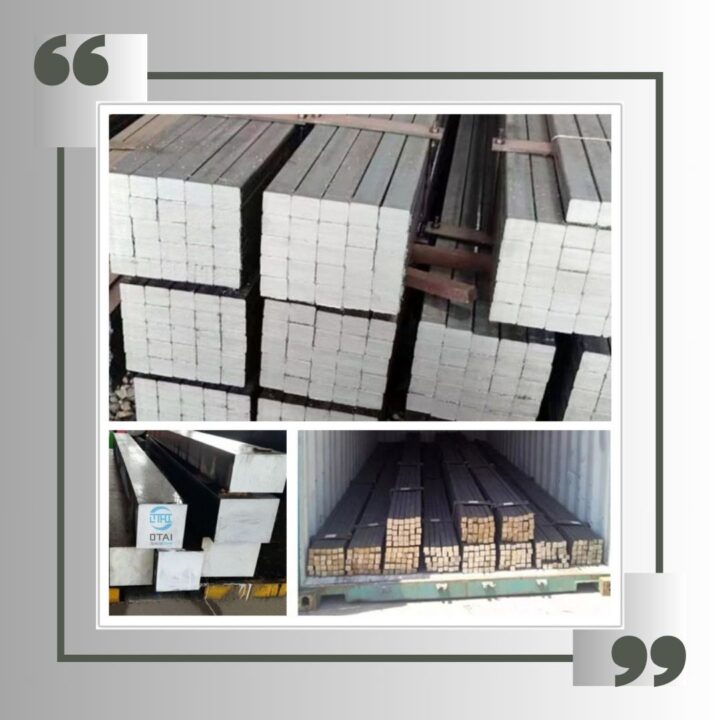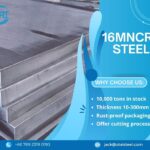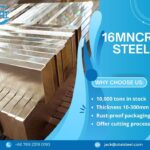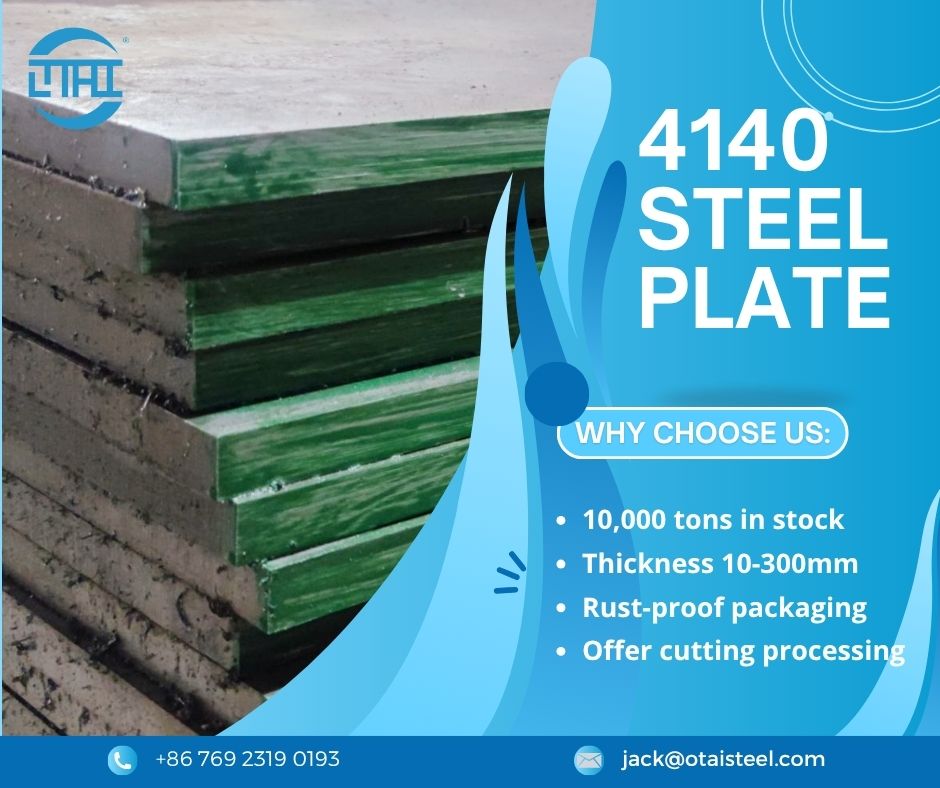 Tool Steel Plate 4140 Price: Understanding the Cost Factors and Options
Tool Steel Plate 4140 Price: Understanding the Cost Factors and Options
4140 tool steel is a versatile low-alloy steel known for its strength, toughness, and wear resistance. It is widely used in industries such as automotive, machinery, and oil & gas for manufacturing components like gears, shafts, and drill collars. However, when considering purchasing 4140 tool steel plates, it’s crucial to understand the key cost factors that influence the price. In this article, we will break down these factors and offer tips on how to secure the best deal.
🧪 What Is 4140 Tool Steel?
4140 steel is a manganese-chromium alloy with carbon levels ranging from 0.38% to 0.43%, and it is known for providing an excellent balance of strength, toughness, and wear resistance. It’s commonly used in the quenched and tempered (QT) condition, which increases its hardness and mechanical strength, making it ideal for high-stress applications.
The chemical composition of 4140 tool steel typically includes:
-
Carbon (C): 0.38% – 0.43%
-
Manganese (Mn): 0.60% – 0.90%
-
Chromium (Cr): 0.80% – 1.10%
-
Molybdenum (Mo): 0.15% – 0.25%
Due to its impressive mechanical properties, 4140 tool steel is used in applications where parts are subjected to high stress and abrasion, such as in automotive components, industrial machinery, and oilfield equipment.
🧬 Factors Influencing the Price of 4140 Tool Steel Plates
The price of 4140 tool steel plates can vary based on a variety of factors. Understanding these variables is key to making an informed purchasing decision. Here are the main elements that impact the cost:
| Factor | Description |
|---|---|
| Size & Thickness | Larger and thicker plates tend to cost more. The price increases with plate thickness, as thicker plates require more material and processing. |
| Heat Treatment | 4140 QT steel, which is heat treated, will generally cost more than annealed 4140 steel due to the extra processing steps involved. |
| Grade & Quality | The price will vary depending on the quality grade of the 4140 steel, as higher-grade or premium versions will be priced higher. Steel plates with stricter tolerance requirements or additional testing (e.g., ultrasonic testing) will also command a premium. |
| Quantity Purchased | Purchasing in larger quantities typically reduces the unit price. Bulk orders often come with significant discounts. |
| Supplier Location | Prices can fluctuate based on the supplier’s location due to shipping costs, local demand, and market conditions. Regional price variations are common. |
📊 Price Ranges for 4140 Tool Steel Plate
While the actual price may fluctuate depending on the market, here is an overview of how plate thickness generally affects the cost:
| Plate Thickness | Cost Considerations | Common Applications |
|---|---|---|
| 6mm – 20mm | Generally more affordable due to smaller size and thickness. | Gears, shafts, brackets |
| 20mm – 50mm | Mid-range cost, suitable for automotive and machinery components. | Automotive components, tools |
| 50mm – 100mm | Higher cost, suitable for heavy machinery parts requiring more strength. | Drill collars, machinery parts |
| 100mm – 300mm | The most expensive, used for large-scale machinery and construction. | Heavy machinery, construction equipment |
This table provides a general guideline to show how thickness affects the pricing structure. Be sure to reach out to suppliers directly for more accurate quotes based on your specific needs and specifications.
🏗️ How to Get the Best Price for 4140 Tool Steel Plate
If you’re looking to get the best deal on 4140 tool steel plates, here are a few tips that can help you save money:
1. Bulk Ordering
One of the most effective ways to reduce the unit price is to bulk order. Many suppliers offer volume discounts for larger orders, so if you have ongoing projects or long-term requirements, this approach can be highly cost-effective.
2. Compare Multiple Suppliers
Different suppliers may offer different pricing, and some may include additional services (such as cutting or heat treatment) that can help reduce your overall costs. Be sure to obtain multiple quotes from suppliers and compare their pricing and services.
3. Choose the Right Steel Grade
If your application doesn’t require the extreme hardness and wear resistance of 4140 QT steel, you could consider annealed 4140 steel, which is more affordable. The right grade will balance cost and performance for your specific needs.
4. Consider the Overall Processing Costs
In addition to the cost of the steel plate itself, consider additional costs such as machining, cutting, heat treatment, and shipping. Sometimes, purchasing from a supplier that offers these services can result in overall cost savings.
🏅 Why Choose Otai Special Steel for 4140 Tool Steel Plates?
At Otai Special Steel, we offer a wide selection of 4140 tool steel plates with tailored services to meet your specific needs. Here’s why we are a trusted partner:
| Feature | Details |
|---|---|
| Competitive Pricing | We provide cost-effective solutions without compromising quality. |
| Customization Options | Cutting, heat treatment, and other services available to meet your requirements. |
| Global Shipping | Fast and reliable delivery to locations worldwide. |
| Quality Assurance | Stringent quality control ensures the highest standards. |
By choosing Otai Special Steel, you can be confident in receiving the best value for your investment in 4140 tool steel plates.
❓ FAQ: Frequently Asked Questions
Q1: Why does the price of 4140 steel plates fluctuate so much?
A1: The price varies depending on factors like thickness, heat treatment, and the supplier’s location. Additionally, market conditions and steel production costs can impact pricing.
Q2: How can I save money when buying 4140 steel plates?
A2: Consider bulk ordering, comparing prices from different suppliers, and choosing the appropriate steel grade for your application to find the most cost-effective solution.
Q3: Are there cheaper alternatives to 4140 steel plates?
A3: For some applications, 1045 steel or AISI 4142 may be suitable alternatives at a lower price. These steels offer good strength and machinability, but might not be as resistant to wear or impact as 4140.

